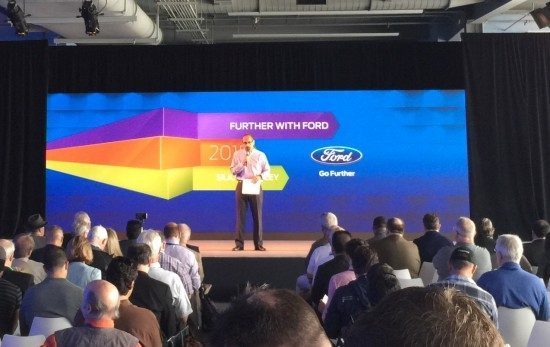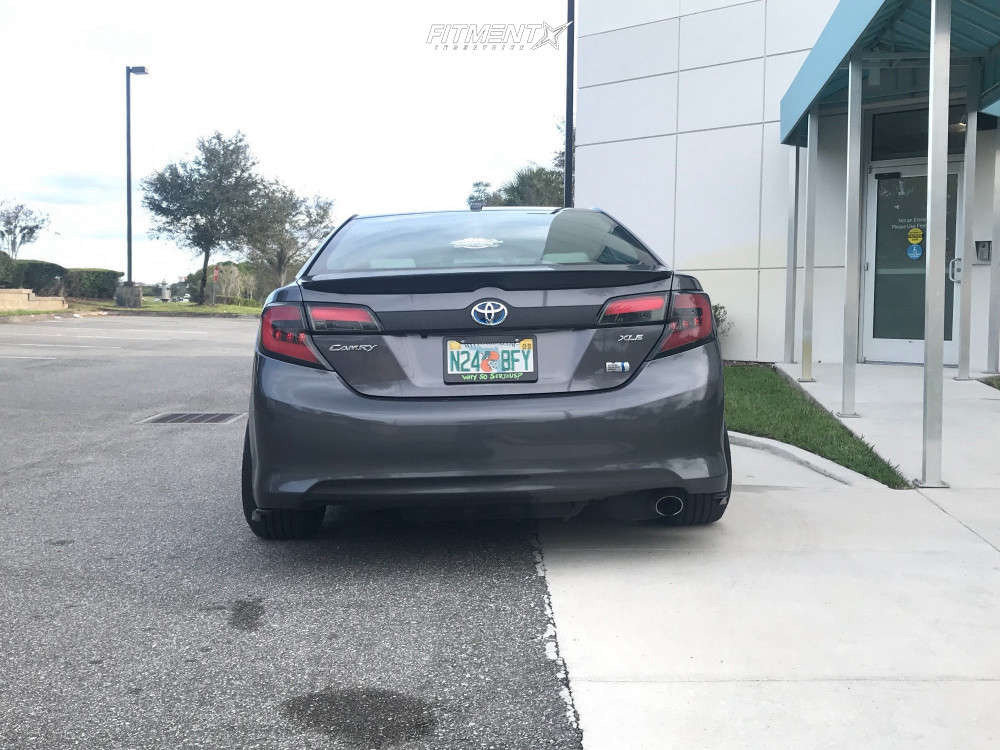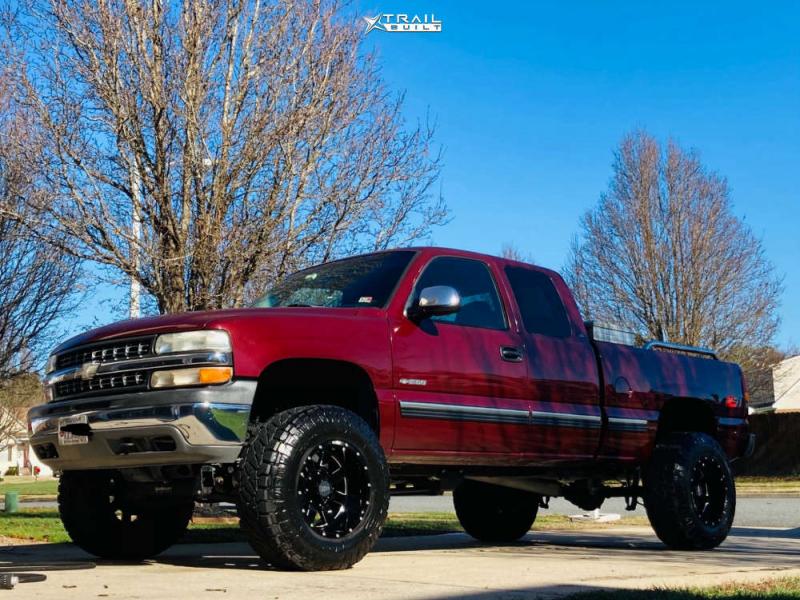#FordTrends is innovating the automotive future
This year’s annual #FordTrends conference moved from Detroit to Ford Motor Company’s new Research and Innovation Center in Palo Alto, California. Along with that move comes a focus on looking not at where cars are today and what Ford has already done, but at where they will be in the future, including how Ford hopes to mold that future.

For example, take a look at a brand new car and compare it to one that’s five years old and the influence of new technology becomes instantly clear. GPS navigation, streaming music, apps, cameras, and Bluetooth connectivity are no longer novelties, but expected features. The challenge for the automaker is in perfecting these technologies and predicting what will be in high demand next.
Trending now — cameras and sensors galore
Cameras are one area that provides enormous potential for improving our driving experience. Instead of just a single camera, many cars now boast multiple cameras to cover nearly every angle. They help keep everyone safe and they may one day make our lives even easier. Imagine a parking space locator that uses the images collected by your car’s many cameras and sensors to direct other cars to a free spot.
The same cameras that guide you into a spot can also see available spaces as you drive through a parking lot or along a road. Sharing that data through vehicle-to-vehicle (V2V) communication means that my car could tell your car exactly where there is a free space up ahead.
These same cameras also figure heavily in the future of autonomous cars. One day you’ll be able to get out of your car right at the door on a rainy day and send your car off to park itself. It’ll even be able to come back and get you when you’re ready to head back out on the road.
New materials mean lighter cars, better fuel economy yet sustained safety
Other advancements consumers can expect include things the driver can’t see, such as improved fuel economy. Prices at the pump might not be as sky high as they were a few years ago, but the memory of those high prices has everyone paying closer attention to how much gas their car needs every day.
The use of aluminum plays a big part, which may not be surprising, but how about wheat straw, soybeans, and rice hulls? Using these materials is better for the environment than traditional petroleum based products and helps reduce overall vehicle weight. They’re in everything from storage bins to seat cushions to head restraints.
The production of parts is also changing with the introduction of improved 3D printing technologies. Ford announced a new partnership with Carbon3D that makes it possible to print parts designed for production vehicles rather than just prototypes.
The #FordTrends event showed us that the pace of automotive innovation is not slowing down and, for Ford, exploring all the possibilities is key to the process. Autonomous technologies, new materials and new processes like 3D printing will all combine to produce the more efficient, safer and convenient car of the future.




